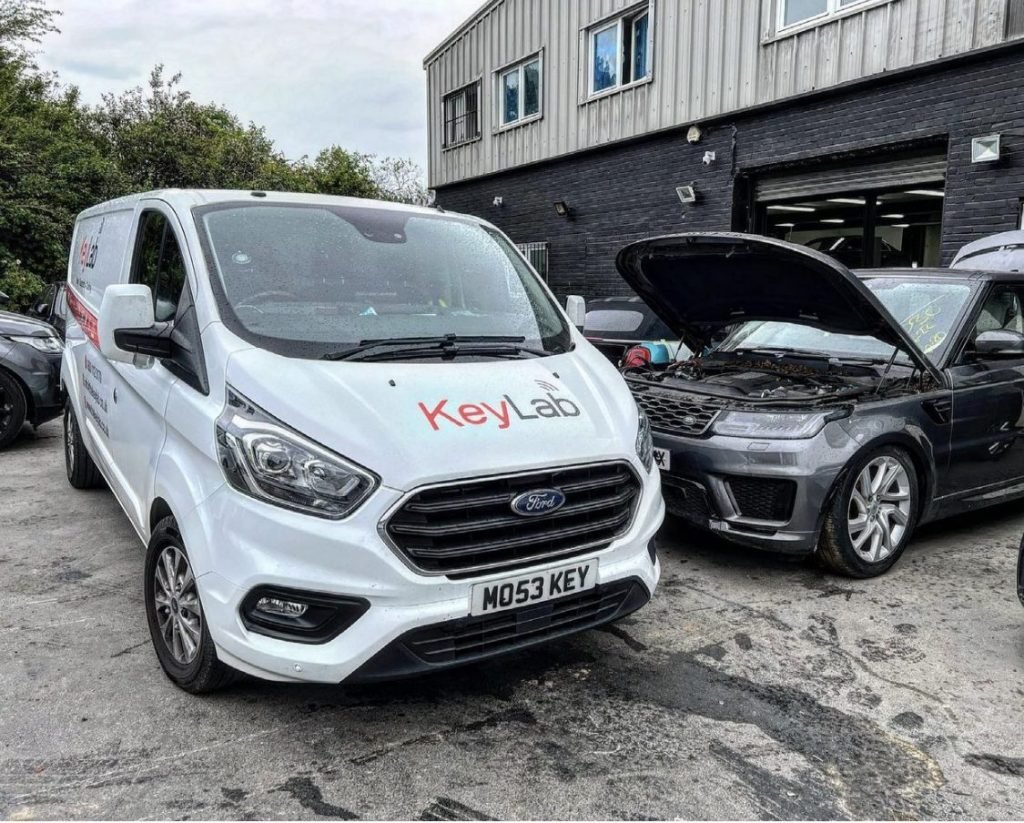Automotive Diagnostics
There are many kinds of diagnostic tools that can be utilized for automotive use. They include back-pin probing Pattern recognition algorithms and Component Failure Warning systems. In addition to identifying failures in components these diagnostic tools may also help you communicate with a remote assistance service. These tools are crucial to ensure that your car is secure while on the road.
Component failure warning system
Modern vehicles come with a myriad of electronic and internal systems that track the performance of the vehicle. A malfunction could cause these systems to malfunction. A warning signal is given to the driver when an element of the vehicle is not functioning properly. Some warning lights indicate a minor problem, like a loose gas cap, while others could signal the presence of a more serious issue.
A device that detects malfunctions will store information that could be used to assist technicians identify the issue and fix it. The repair technician will be able to quickly solve the issue if it is detected early enough. By following the tips that a car owner should follow, they can enhance safety and cut down on the expense of maintenance.
Modern vehicles have an onboard computer diagnostic system that continuously monitors the major functions and systems of the vehicle. It monitors fuel efficiency, harmful emissions, and other functions of the vehicle. A warning light will appear on the dashboard if the component is damaged. vauxhall diagnostic near me , called OBD is utilized on personal vehicles, trucks and commercial vehicles. It is now a standard industry practice and aids in diagnosing problems.
These warnings are in the form of Diagnostic Trouble Codes, or DTCs. They are the result of a diagnostic process that determines the root cause of a problem. Diagnostics require an exhaustive search for service information and pin-point testing of the vehicle, and then examining the affected areas. It is vital to understand the meaning of these codes so that you can accurately diagnose the issues with your vehicle.
Communication between a vehicle and the remote assistance facility
To allow remote assistance facilities to operate with your vehicle, you must have a method of communicating with it. V2V communication (vehicle-to-vehicle) is a method to communicate with other vehicles wirelessly and share information. This technology permits the transmission of omni-directional communications up to 10 times per second. It assists vehicles in maintaining an eye on their surroundings in 360 degrees. It also gathers data from vehicles in the vicinity to alert drivers about upcoming accidents. These systems can also make use of audible, tactile, and visual alerts to help drivers avoid collisions.
Back-pin checking
Back-pin probing is a technique used in automotive diagnostics makes use of a sharp edge to touch automotive connectors. These probes are usually inexpensive and are compatible with all vehicle models. They are great for taking live circuit measurements without damaging connectors. This eliminates the need for cutting the wire insulation.
Back-probing as a method of automotive diagnostics is popular with many repair technicians because it is convenient and safer than cutting wire insulation. These tools can be easily integrated into automotive connectors using a variety of tips. Many specialty back-probes feature smaller diameters, which helps to reduce the amount of leverage that is applied to the connector.
Some diagnostic kits for automotive use multiple connectors and probes, including banana plugs, alligator clips and pointed probe tips. There are kits that include a variety of test kits. These kits let you quickly and efficiently test for any issues that could be present in your vehicle's electrical system.

Back-pin probing is among the most efficient ways to test automotive connectors. It allows you to quickly connect or disconnect the test leads. This diagnostic method is also cost-effective. This method could save a lot of time, effort and even money.
On-board diagnostics
On-board diagnostics in automotive systems can provide drivers with vital information about the health of their vehicle. It can also notify them that their vehicle is in need of repair or maintenance. This technology can increase fuel efficiency and reliability. This technology can be utilized to improve safety and performance by car makers. These systems can help drivers save time and money by allowing them to view how their car is performing without needing to visit mechanics.
Before the introduction of standard on-board diagnostics, the manufacturers created their own systems. Early versions of the system used their own proprietary connectors electronic interfaces and custom codes used to report a problem. Volkswagen and Datsun introduced the first systems in the year 1968 and 1978. The Society of Automotive Engineers (SAE) eventually mandated all vehicles to be equipped with the technology. California also required that all cars have on-board diagnostics in 1994.
On-board diagnostics systems are so advanced that they can match the computing capability of a desktop computer. They can connect to a variety of medium-speed networks and process massive amounts of data. Many on-board diagnostics systems include the vehicle's speed sensor, which detects rough roads accurately. The sensors are incorporated into the vehicle's engine control unit, or ECU.
OBD systems can spot problems in the engine of a car and cause a warning light to appear in the instrument cluster. Once it is able to identify the issue then the OBD system stores the diagnostic trouble code. A mechanic is able to connect a scanner to the OBD connector on the dashboard to identify the trouble code. A mechanic might not be able of reading a trouble signal, but it can help him determine the cause of the issue.
